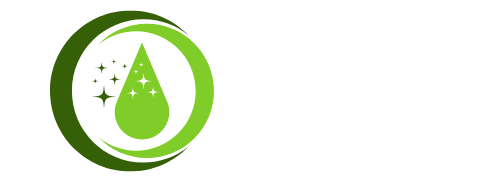Wheat Bran
Specifications:
- Fiber Content: Typically ranges from 40% to 60% of the dry weight, providing significant dietary fiber.
- Protein Content: Around 12-18%, contributing to the overall protein content.
- Moisture Content: Usually below 15% to prevent spoilage.
- Ash Content: Generally less than 5%, reflecting the mineral content.
Usage:
- Animal Feed: Widely used as a dietary supplement for livestock, particularly for ruminants like cattle.
- Human Consumption: Often incorporated into baked goods, cereals, and as a dietary fiber supplement.
- Industrial Use: Utilized in the food industry for various purposes like fortification and as an ingredient in processed foods.
Storage and Handling:
- Packaging: Available in bulk quantities, often stored in sacks or bags suitable for wholesale distribution.
- Storage Conditions: Kept in cool, dry environments to maintain quality and prevent moisture absorption, which could lead to spoilage.
Wheat bran is a valuable byproduct of the milling process, known for its high fiber content and diverse nutritional benefits. Here’s an overview of our wheat bran intended for wholesale, encompassing its description and specifications:
Wheat Bran for Wholesale:
Description: Wheat bran is the outer layer of the wheat kernel separated during the milling of wheat into flour. It’s a nutrient-dense byproduct with a coarse texture, varying in color from light brown to dark brown.
Characteristics:
- Appearance: Coarse, granular texture with a light to dark brown coloration.
- Nutritional Value: High in dietary fiber, vitamins, minerals, and essential nutrients.
- Texture/Taste: A slightly nutty flavor with a coarse, fibrous texture.
Specifications:
- Fiber Content: Typically ranges from 40% to 60% of the dry weight, providing significant dietary fiber.
- Protein Content: Around 12-18%, contributing to the overall protein content.
- Moisture Content: Usually below 15% to prevent spoilage.
- Ash Content: Generally less than 5%, reflecting the mineral content.
Usage:
- Animal Feed: Widely used as a dietary supplement for livestock, particularly for ruminants like cattle.
- Human Consumption: Often incorporated into baked goods, cereals, and as a dietary fiber supplement.
- Industrial Use: Utilized in the food industry for various purposes like fortification and as an ingredient in processed foods.
Storage and Handling:
- Packaging: Available in bulk quantities, often stored in sacks or bags suitable for wholesale distribution.
- Storage Conditions: Kept in cool, dry environments to maintain quality and prevent moisture absorption, which could lead to spoilage.
Conclusion: Wheat bran, valued for its high fiber and nutritional content, serves multiple purposes in both animal feed and human consumption. Its versatility and richness in dietary fiber make it a sought-after commodity in the wholesale market for various industrial and nutritional applications.





